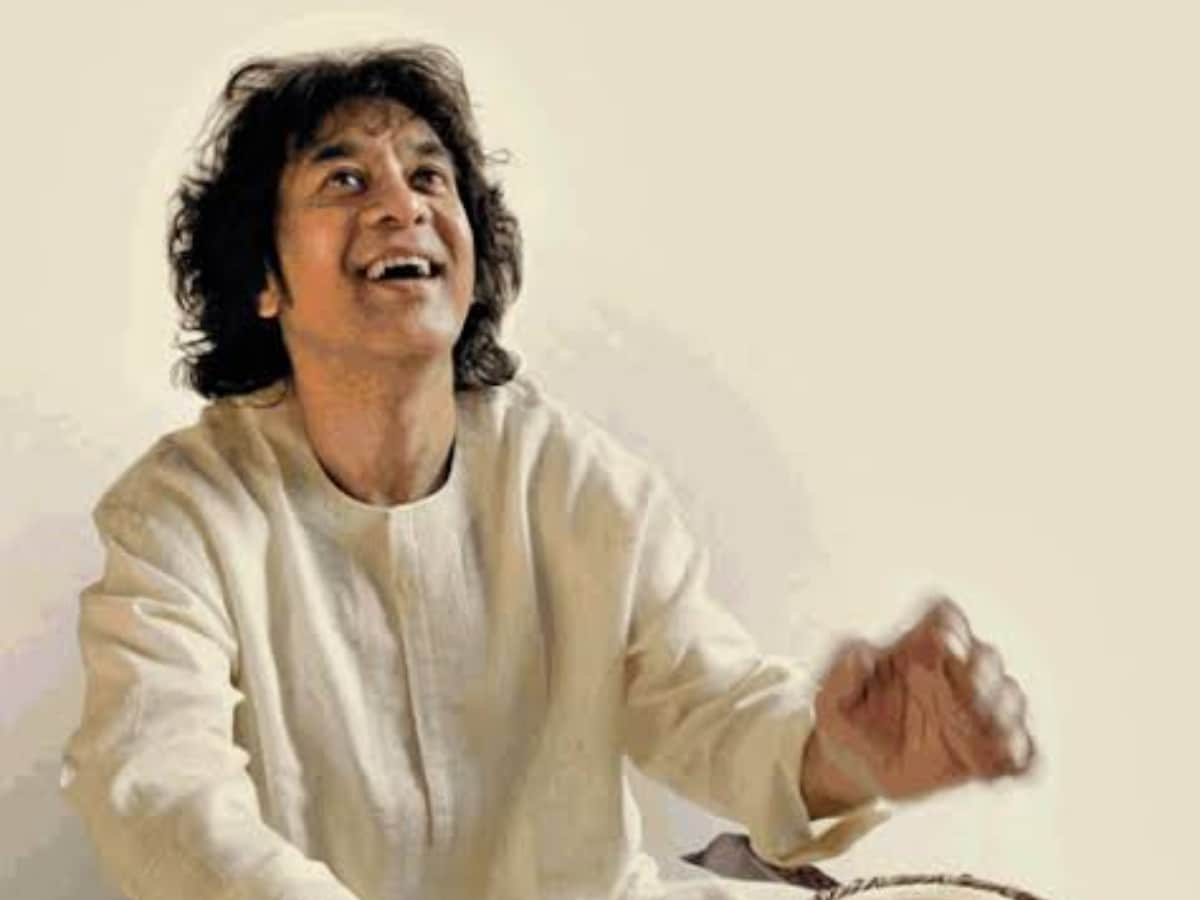Last Updated:
Zakir Hussain passed away due to idiopathic pulmonary fibrosis. Here’s all that you need to know about the chronic disease.

Zakir Hussain died at the age of 73.
Tabla maestro Zakir Hussain passed away at a hospital in San Francisco, confirmed his family on Monday. The artist has left behind a legacy that will be remembered for generations.
In an official statement on Zakir Hussain’s passing, his family reflected on his contribution to the music. The statement said, “His prolific work as a teacher, mentor, and educator has left an indelible mark on countless musicians. He hoped to inspire the next generation to go further. He leaves behind an unparalleled legacy as a cultural ambassador and one of the greatest musicians of all time. The family requests privacy at this time.”
Hussain, 73, died of idiopathic pulmonary fibrosis. Here’s all that you need to know about this chronic disease.
What Is Idiopathic Pulmonary Fibrosis (IPF)?
IPF is a chronic and progressive lung disease characterized by scarring of lung tissue, which can lead to difficulty breathing. Doctors have yet to figure out the exact cause of the condition. However, genetic factors, viral infections, and environmental exposures may contribute to it.
What Are The Symptoms Of Idiopathic Pulmonary Fibrosis?
The primary symptoms of IPF include shortness of breath, especially during physical activity, chronic dry cough, fatigue, unexplained weight loss, and clubbing of the fingers (enlarged fingertips).
How Does It Impact The Heart?
Patients with IPF experience a gradual worsening of lung function. Over time, it can also significantly impact the heart and lead to pulmonary hypertension. This happens because of the increased pressure in the lung arteries which tends to put a strain on the right side of the heart because of the lung scarring. This makes it harder for the heart to pump blood effectively and it can manifest as symptoms like shortness of breath and fatigue.
How Is Idiopathic Pulmonary Fibrosis Treated?
While there is no cure for IPF, treatment options such as anti-fibrotic medications, oxygen therapy, pulmonary rehabilitation, and lung transplantation for eligible patients, can help manage symptoms and slow the progression of the disease.


